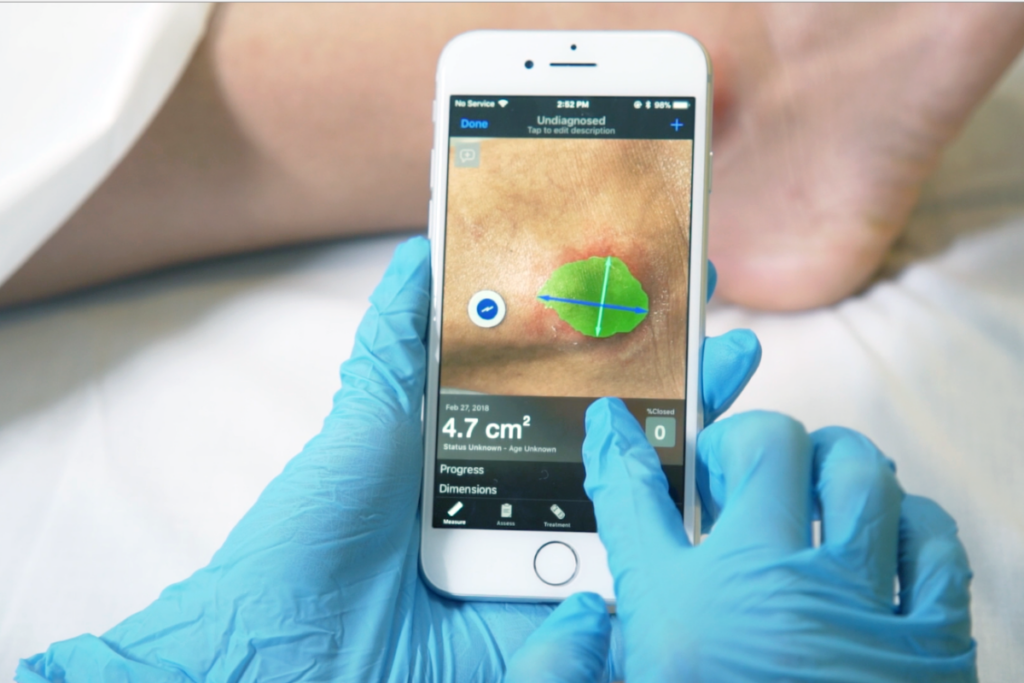Wound care is a critical component of healthcare, especially in cases where the risk of infection is high. Effective wound dressing plays a pivotal role in promoting healing, minimizing infection risk, and ensuring patient comfort.
This article delves into the fundamental steps in wound dressing, focusing on techniques that foster optimal healing and prevent infection.
We’ll explore the latest insights and solutions in wound management, highlighting the importance of advanced materials and methods.
Understanding Wound Types and Assessing Risks

Before diving into the specifics of wound dressing, it is essential to understand the different types of wounds.
Wounds can be classified as acute or chronic, and they may result from surgical procedures, trauma, or underlying health conditions.
Each type poses unique challenges and requires a tailored approach to care. Acute wounds, for instance, often heal within a predictable timeframe, while chronic wounds, such as diabetic ulcers, demand ongoing management.
The risk of infection is significantly influenced by the wound type, its location, and the patient’s overall health. Factors like poor circulation, weakened immunity, and the presence of foreign bodies can elevate infection risks.
Thus, a thorough assessment of the wound and the patient’s health status is crucial in devising an effective wound dressing strategy.
Essential Steps in Wound Dressing
- Cleaning and Preparation: The initial step in wound dressing is cleaning the wound to remove debris and bacteria. Using a sterile saline solution is a common practice, as it is gentle and effective. Patting the area dry with sterile gauze prepares it for dressing.
- Choosing the Right Dressing Material: Selecting an appropriate dressing material is vital. The choice depends on various factors such as wound size, depth, and exudate levels. For instance, highly absorbent dressings are preferred for wounds with significant exudate.
- Applying the Dressing: The dressing technique is as important as the dressing material itself. The dressing should cover the entire wound and extend slightly beyond its edges. Secure the dressing firmly but ensure it’s not too tight to impede circulation.
- Monitoring and Changing the Dressing: Regular monitoring is essential to assess healing progress and signs of infection. The frequency of changing the dressing depends on the wound’s condition and the type of dressing used.
Innovative Solutions in Wound Care
The field of wound care has seen remarkable advancements with the introduction of innovative materials and technologies. Products like Endoform collagen represent a breakthrough, offering superior support in tissue regeneration and healing.
These novel materials create an optimal environment for cell growth, significantly enhancing the natural healing process.
Additionally, smart dressings equipped with sensors for moisture and temperature provide real-time data, enabling more precise care.
Such innovations not only improve healing outcomes but also offer greater comfort and convenience to patients, marking a significant step forward in the science of wound management.
Preventing Infection in Wound Care

Preventing infection is the cornerstone of effective wound management. Here are some key strategies:
- Maintaining a Clean Environment: Ensure that the wound and its surroundings are kept clean. This includes using sterile tools and wearing gloves during dressing changes.
- Observing for Signs of Infection: Be vigilant for redness, swelling, increased pain, or discharge, which are indicators of possible infection.
- Patient Education: Educating patients on wound care and the importance of hygiene can significantly reduce the risk of infection.
- Timely Medical Intervention: If signs of infection are observed, prompt medical attention is crucial. Delays in treatment can lead to complications.
Embracing Holistic Wound Care Approaches
Holistic approaches to wound care emphasize the integration of physical and psychological aspects of healing.
Recognizing that stress and discomfort can impede wound healing, it’s essential to address these factors alongside traditional methods. This includes pain management, stress reduction techniques, and providing a supportive environment.
Emphasizing a patient-centered approach not only enhances physical recovery but also improves the overall well-being of individuals undergoing wound treatment, making it a vital component of comprehensive wound care.
Incorporating Nutritional Support in Wound Healing
Nutrition plays a crucial role in wound healing. A well-balanced diet rich in vitamins, minerals, and proteins can significantly accelerate the healing process. Specifically, nutrients like vitamin C, zinc, and proteins are vital for tissue repair and immune function.
Healthcare professionals should assess the patient’s nutritional status and, if necessary, recommend dietary adjustments or supplements.
This approach ensures that the body has all the necessary building blocks for effective wound repair, highlighting the importance of a holistic strategy that combines medical and nutritional care in wound management.
Conclusion
In conclusion, effective wound dressing is a multifaceted approach that encompasses meticulous cleaning, appropriate dressing selection, and vigilant monitoring.
The integration of innovative materials like endoform collagen, alongside holistic practices like nutritional support and stress management, significantly enhances the healing process.
Staying abreast of advancements and adopting a patient-centered approach are key to preventing infection and promoting optimal wound recovery.
As wound care continues to evolve, embracing these comprehensive strategies will remain essential in ensuring effective healing and the overall well-being of patients in diverse healthcare settings.

Jean Smith is a fitness enthusiast and blogger who focuses on fitness and a healthy lifestyle. She is passionate about assisting people in living healthier lifestyles and is constantly on the lookout for new and creative methods to stay fit and healthy. Her articles are excellent resources for anyone interested in improving their health and fitness.
